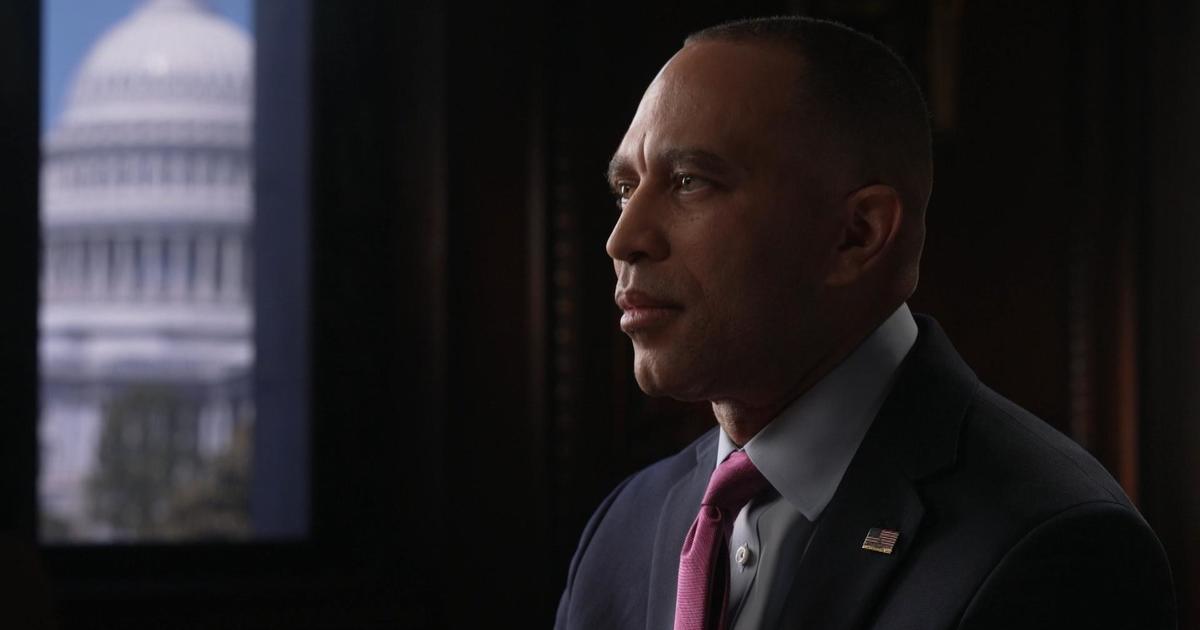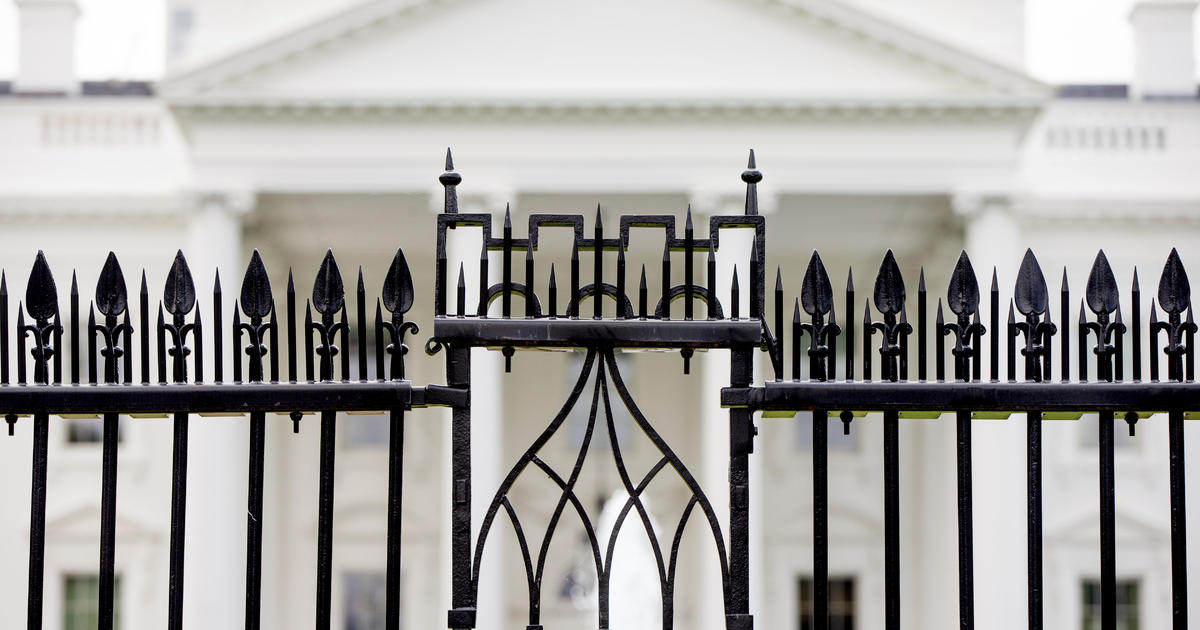House votes to remove Confederate statues from U.S. Capitol
Washington — The House on Tuesday approved legislation to remove statues of Confederate officials from the U.S. Capitol, as well as a bust of Chief Justice Roger B. Taney, who wrote the Supreme Court's infamous Dred Scott decision in 1857 that ruled Black people were not entitled to citizenship.
The legislation passed with a vote of 285 to 120, with 67 Republicans joining all Democrats voting in favor of the bill.
As Democrats now hold the majority in the upper chamber, it will likely be taken up for a vote, but whether a sufficient number of Republican senators would vote to advance the bill is unclear. Democrats have a 50-seat majority in the Senate, and 60 votes are required to limit debate on a measure.
The measure passed in the House last year by a wider margin, with 72 Republicans voting with Democrats to remove the statues. But the legislation stalled in the Senate, which was then controlled by Republicans.
During debate Tuesday over the measure, Democratic Congresswoman Karen Bass argued that honoring Confederate officials in the Capitol sent an unacceptable message.
"My ancestors built this building. Imagine how they would feel knowing that, more than 100 years after slavery was abolished in this country, we still paid homage to the very people that betrayed this country in order to keep my ancestors in slavery," Bass said. "And imagine how I feel, and other African Americans and people of color feel walking through Statuary Hall, and knowing that there are monuments to people who supported, embraced and fought for the breakup of our country."
The bill is expected to garner bipartisan support, but Republicans were highly critical of Democrats during the debate. Republican Minority Leader Kevin McCarthy, who supports the resolution, noted that every statue portrayed a Democrat. He also tried divert the debate to what he called "replacing the racism of the past with the racism of 'critical race theory,'" an academic framework that argues racism is embedded in America's political and economic systems.
The theory has become an ideological lightning rod on the right, with several Republican-led states seeking to ban it from being taught in public schools. McCarthy used most of his time to condemn critical race theory, claiming Democrats "continue to look at race as primary means of judging people's character."
GOP Congressman Glenn Grothman said he will vote against the bill because Taney's bust would be replaced with one of Thurgood Marshall, the first Black Supreme Court justice, who was a key vote in the Roe v. Wade decision legalizing abortion.
"I will always look at him as ... the guy who kind of put the foot on the gas and legalized late term abortion," Grothman said.
In a lengthy floor speech, Majority Leader Steny Hoyer, the bill's lead author, argued "where Roger Brooke Taney represents the worst of American injustice and racism, Thurgood Marshall represents the best of American justice and equality."
Speaking to reporters earlier on Tuesday, Hoyer said he expected Senate Majority Leader Chuck Schumer to take up the bill after it passed the House.
"We can't change history, but we can certainly make it clear that which we honor and that which we do not honor symbols of slavery, sedition, and segregation have no place in the halls of Congress," he said.
The bill would revise the statute dictating the types of statues permitted in the Capitol, and directs the architect of the Capitol to identify any statues of Confederate officials. The Joint Committee on the Library would be responsible for the removal of the statues.
Under federal law, each state can provide two statues to be placed in the Capitol Statuary Hall, and 11 of these statues depict Confederate officials. Statues removed from Statuary Hall would be returned to their state of origin, and states would be able to replace these statues with ones of other historical figures. Other statues and busts of Confederate officials which did not originate from a certain state would also be removed and held in storage by the architect of the Capitol.
The bust of Taney would be removed from outside the room where the Supreme Court met from 1810 to 1860. Taney's decision in the case of Dred Scott v. Sandford declared Black people "are not included, and were not intended to be included, under the word 'citizens' in the Constitution, and can therefore claim none of the rights and privileges which that instrument provides for and secures to citizens of the United States." The decision was overturned by the passage of the 13th, 14th and 15th Amendments a decade later.
Zak Hudak contributed to this report.




